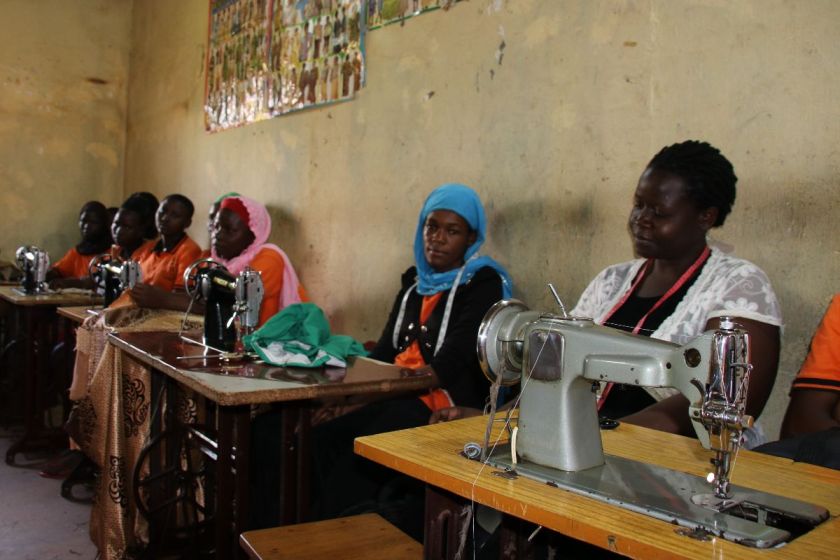-

Stakeholders in Disaster Management
Stakeholders in Disaster Management Stakeholders in disaster management are individuals or groups who have an interest in the program and can be influenced by its process or outcomes. They are those whose interests can be positively or negatively affected by the components or management processes of the disaster. Types of stakeholders during disaster management: Communities…
-

Communication and Human relations
Communication and Human relations Communication is the exchange of information/messages between the sender and a receiver. Therefore communication means giving and receiving information. In teaching and learning communication is the exchange of ideas, feelings and knowledge between the teacher and the learner. Communication is effective when the sender of information is well understood by the…
-

Assessment and Evaluation
Assessment and Evaluation Assessment and Evaluation of Learning Assessment of Learning is the process of finding out how much the learners have achieved during or after teaching. Therefore, it refers to all strategies employed by the teacher to determine the extent of ability or performance in the learner during the instruction period or after teaching…
-

Teaching Aids and Technology
Teaching Aids and Technology Teaching technology refers to all teaching or instructional tools/aids/equipment that make learning more successful and interesting. Examples of teaching Aids/Technology Category Examples Visual Aids Charts Posters Graphs Diagrams Maps Infographics Illustrations Visual organizers Digital Tools Computers Laptops Tablets Smartphones Interactive…
-

Teaching Learning Methods
Teaching & Learning Methods Teaching Learning Methods (Styles) Teaching teaching/learning method is a strategy chosen by a teacher to enable the learner to get the desired competence/ability/performance. Types of teaching /learning methods Demonstration method Class discussion method Group discussion method Modelling method. Braining storming Expert Panel method Question and answer method Lecture method Discovery method …
-

Teaching and Learning process
Teaching and Learning Process Introduction to Teaching Methodology Teaching is a process of facilitating or enabling learning.In teaching, all avenues should be explored to achieve the intention of teaching and learning/teaching and learning objective. Learning is a process of acquiring knowledge, skills and attitudes.After learning, one’s ability/performance, values and behavior are expected to change. The…
-

Community Based Rehabilitative Services for Disabled and Disadvantaged Groups
CBRS For Disabled and Disadvantaged Groups Community-based rehabilitation is an approach to rehabilitation that emphasizes the integration of people with disabilities into their local communities. CBRS programs are designed to provide a range of services that improve health outcomes, increase social participation, and enhance quality of life. The services are typically provided by trained professionals…
-

Community Empowerment
Community Empowerment Community empowerment refers to the process of enabling communities to increase control over their lives and the decisions that affect them. It involves measures and actions designed to enhance autonomy, self-determination, and the ability of individuals and communities to represent their interests and act on their own authority. Empowerment is the process through…
-

Community Organization
Community Organization Community organization is the process of organizing the community in such a way that they can identify and prioritize their needs and objectives, develop confidence and will to achieve them by finding resources through cooperative and collaborative attitude, practices and community participation. This follows Community Participation Assumptions of community organizing: Those who engage…
-

Community Participation
Community Participation Community participation is the process by which community members are empowered to take part in problem identification, setting priorities, identifying possible solution, taking decisions, implementing, monitoring and evaluating activities for their own health and development. Community participation is a process where a community is fully involved in identification of its problems, making decisions…
